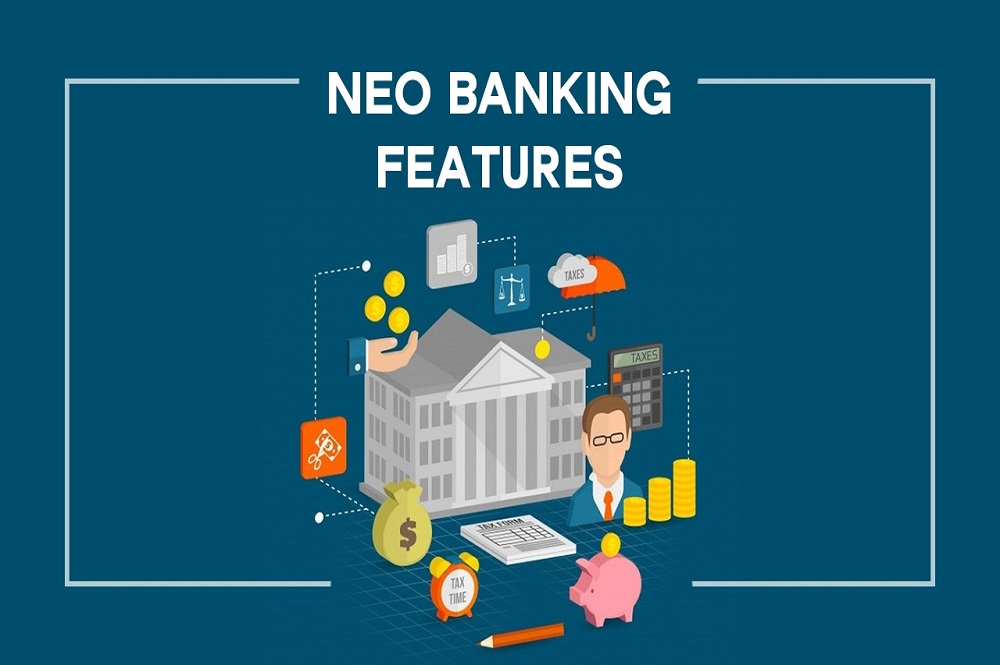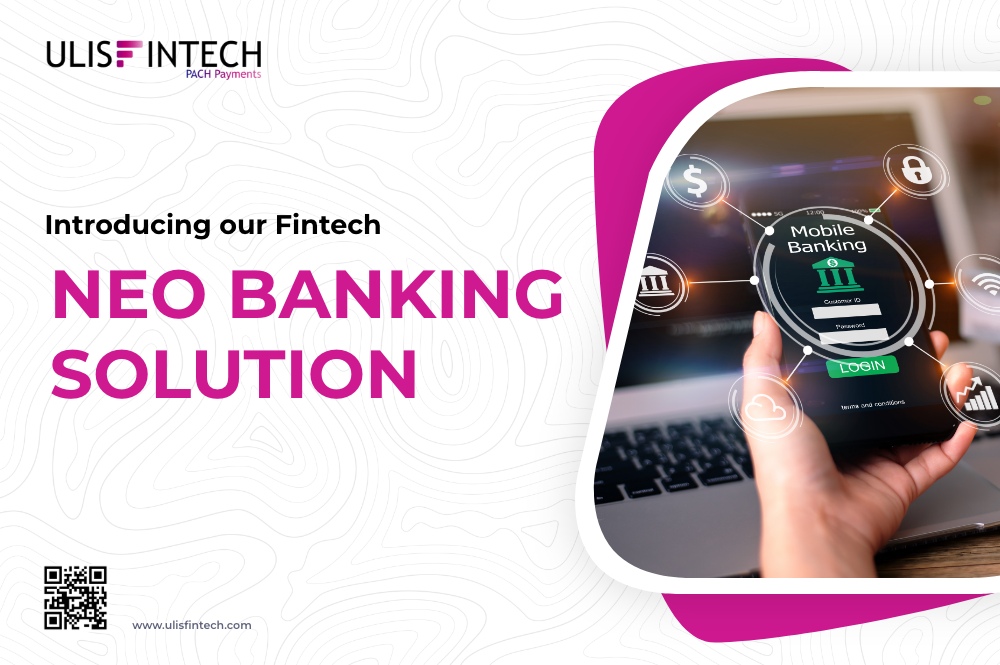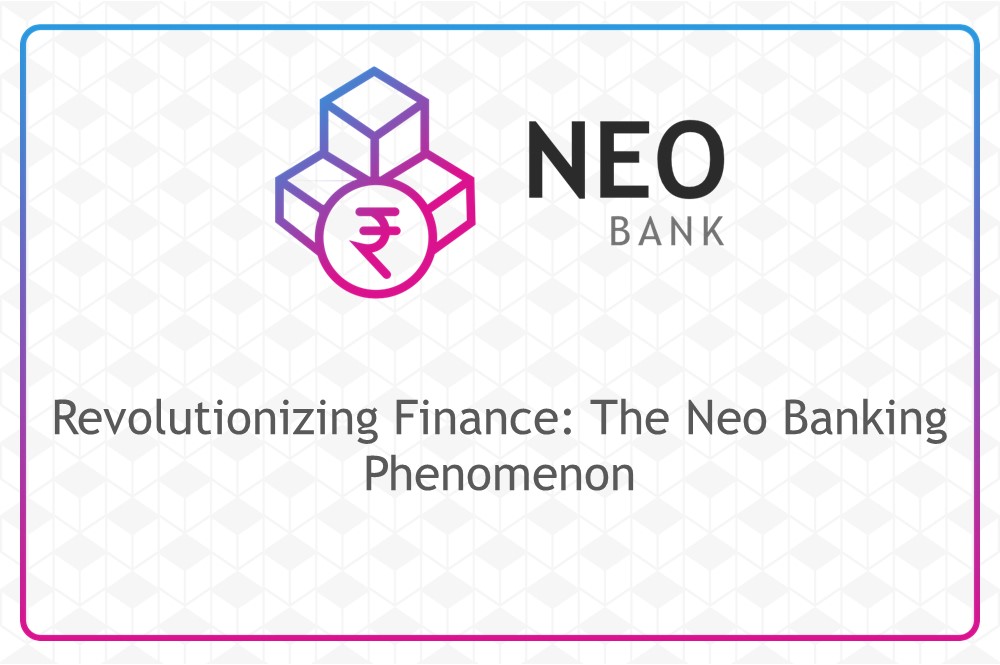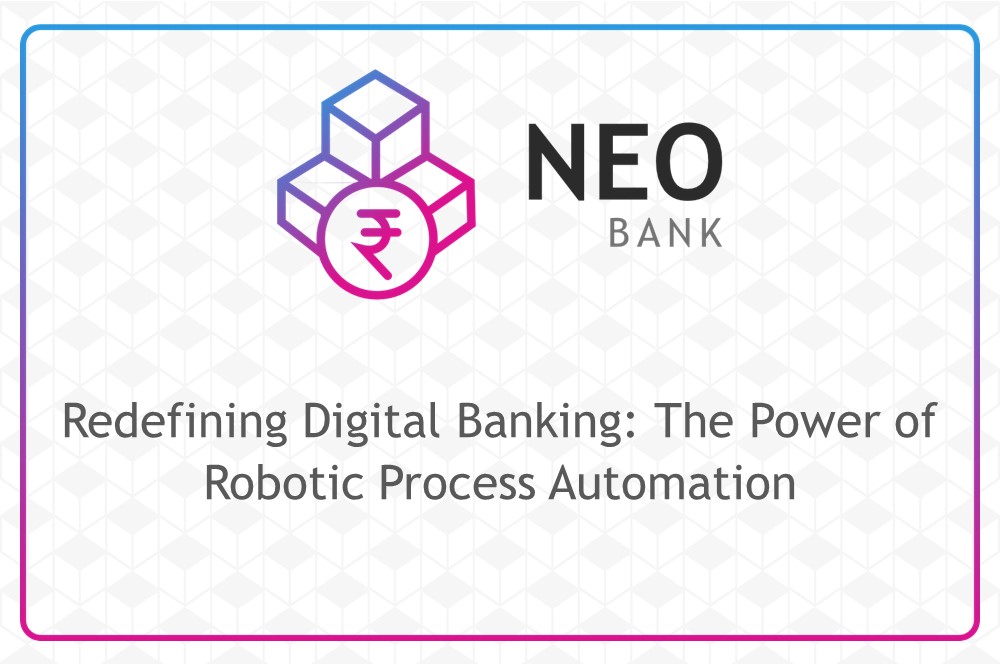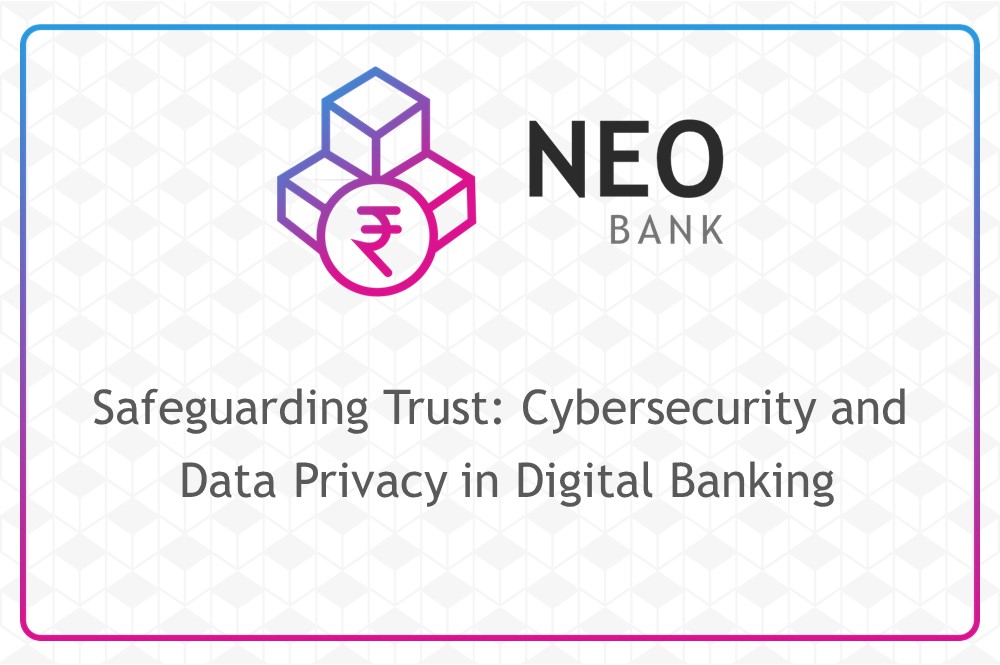Best Financial Services Digital Marketing Tactics
Jul 13, 2022 - 10 MINS READ
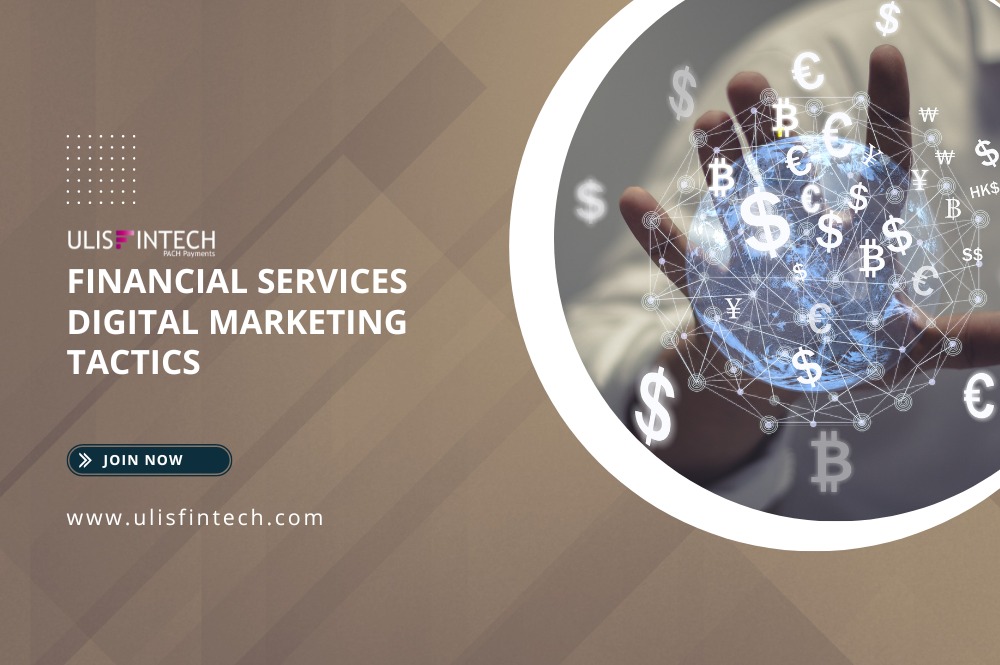
Best Financial Services Digital Marketing Tactics
Neo banks, digital banks, mobile banks, direct-to-consumer mortgages, insurance, and digital payments are reshaping the global financial services business. While traditional financial institutions struggle, new innovative financial actors are implementing offensive digital tactics with the objective of being Millennials' preferred partner in all financial matters.
It's not a passing fad. Currently, 77 percent of individuals utilize one or more forms of mobile payments, with Millennials accounting for 91 percent of heavy users. A typical user journey is now digital for 75% of the time. Social media and digitalization have had a significant influence on buyer behaviour and brand recognition.
The days of having a single bank for payroll deposits, savings, checking accounts, insurance, credit cards, and mortgages are long gone. Millennials and Generation Z want a variety of accounts and cards from several providers.
First, go digital.
Marketing expenditures account for 25-35 percent of operational costs in digital-only banks. So be focused and execute it well because the impact is important.
Customer acquisition, which was previously affected by a reference from a family or friend, is now strongly influenced by new digital techniques such as top-of-the-funnel approaches or trial conversions. Customer acquisition expenses are cheaper through social media than through branch banks and huge traditional advertising marketing initiatives, resulting in reduced client fees. Blogs, chatbots, videos, and social media marketing are the emerging ways for new financial players to create quality leads. Use concise social media strategy recommendations to fine-tune your go-to-market approach.
Identify your financial audience and choose a specialty.
- Financial relationships between polygamists.
Customers today bond with various financial institutions for diverse parts of their lives, therefore challenger financial services are benefiting from unbundling. International tourists require payment cards that do not charge exchange costs. Unbanked people require money transfer services. Kiteboard purchasers want simple insurance for their new gear, and internet shoppers want to buy with a single click, ideally keeping inside their ecosystem.
As a result, knowing your audience is critical, and as a clever marketer, you can cut through the advertising cacophony of large banks by simply targeting a certain sub-group of consumers who have a specific pain problem.
According to research, fintech offerings such as money transfer have an overall acceptance rate of more than 70%, insurance has a rate of 45 percent, and savings has a rate of more than 30%. Analytics, the implementation of a data-driven strategy, and intensive multichannel marketing will assist you in targeting and reaching particular audiences in order to produce organic growth.
- Understand your consumer.
Once you've decided on a niche, you should aim to engage with the prospect at each stage of the consumer purchasing experience. Email marketing, online commercials, podcasts, websites, and comparison sites are all vital tools for connecting with leads and converting them into opportunities.
Once you've completely grasped and organized your financial customer's purchasing path, you can alter your commercial strategy using clever conversation methods like the AKIPA model.
Emails, chatbots, and feedback forms will create first-party data that you may utilize to gain a comprehensive understanding of your prospects' and customers' mindsets, as well as identify purchase behaviours.
You must understand what is most important to your clients at each point of contact with your financial brand. By keeping customers completely engaged, you can increase revenue and enhance Life-Time Value.
- Only the online bank case provides frictionless financial experiences.
In the next ten years, friction will be the most significant drain on bank revenue. Consumers will embrace a new payment card or financial service if the user experience (UX) is simple and accessible through a well-designed and user-friendly app. The fewer steps a customer needs to do, the more he will appreciate the service, especially when it comes to money. Cards caused cash to vanish, and mobile payment will cause cards to vanish as well.
Agile marketing tactics such as promoting products, cause-related promotion, and video marketing are accelerating the expansion of the new online bank.
These new old continent enterprises are likely to suffer when entering the US market since their USP of "zero or cheap exchange fee on overseas spending" will not have the same impact in North America. Aside from that, the points and miles payment card business in the United States is mostly based on aggressive credit offers and cash-back solutions, both of which are unfamiliar in old Europe.
The most important digital marketing strategy for financial services
- Keep your USPs sharp: benefits, fees, and incentives should be your best sales justifications. Show them in a clear and understandable manner.
- Forget about thick carpet and cherry-wood workstations when it comes to providing the best client experience. Provide a clean and user-friendly app-only user interface. These days, trading stocks or sending money shouldn't be any more difficult than buying bubble gum.
- Be universal: form alliances with popular consumer brands and credible celebrities to capitalize on their reputation and ubiquity.
- To separate from historical companies, interact in a human way with your audience, don't let the financial guru speak, be digitally aware, don't use jargon, and speak about day-to-day issues.
- Be audience-focused: meet prospects where they are and when they are open to fresh ideas. Conversational intelligence reigns supreme. Consider increased social media, YouTube lessons and recommendations, podcast testimonies, interactive blogs, search engine optimization, and providing engaging human-focused, and problem-solving material.
- Measure your brand's influence: clever social listening tools can give data-driven choices and actionable insights for increased brand impact and promotion.
The following step is to gain access to your assets.
Banks, corporations, and third-party entrepreneurs have created a range of safe and easy ways for customers to access their assets, with centralized and decentralized systems serving as the backbone for all e-wallet platforms. In recent years, this extensive digital functionality has grown even further, with:
- Mobile-only access: These online and offline wallets are only accessible through a smartphone. These APIs, which are especially popular with neo banks and the largest e-wallet providers, enable users to add and manage accounts, move funds, and make payments all from within the app. They may also be utilized for POS payments by utilizing smartphone near-field communication (NFC) technology.
- Web access: These are websites or desktop programs that store all user assets and data, and are more popular in large institutions and legacy systems. This online banking service allows customers to access and manage their accounts, as well as access their e-wallets.
- IoT access: These funds are accessible via the Internet of Things (IoT) devices ranging from autos to watches, and purchases can be made straight from them. For example, Samsung's Family Hub refrigerator allows users to purchase groceries through the Groceries by MasterCard app, whilst Whirlpool's Smart Dishwasher can predict when detergent is running short and order a new one automatically when paired with an Amazon account.
- Crypto access: Typically, in the form of a smartphone app, these wallets hold users' keys for accessing and transacting with their cryptocurrency. While the majority are digital, certain crypto wallets, such as Ledger, are physical hardware akin to a USB stick.
The growth of new digital access and smart devices is increasing competition in the e-wallet ecosystem and, consequently, pioneering new FinTech experiences that will disrupt the sector.
Pay Tech companies and start-ups should take advantage of these prospects.
The most important key lesson is that e-wallets are here to stay. They've become a worldwide phenomenon, and the greatest move for today's FinTech’s is to capitalize on the sector's expanding potential, which includes:
- Access to the entire world. People everywhere, from customers to merchants, are fast adopting e-wallets, making market access much more universal for new products or services.
- The UX is flawless. Consumers are lured to e-wallet applications because of their ease of use and accessibility. This has reduced many of the complexity of traditional financial services, such as eliminating the requirement for in-person account creation and allowing for smooth P2P payment possibilities, and this approach should be the main point for any FinTech.
- High level of security. Users expect enhanced financial security, which e-wallets provide. As security technology advances, more security service provider alternatives become available.
- Options for personalization. There are several business models and income structures to select from, and FinTech firms must make informed decisions. The buy now pays later (BNPL) service is one of the most creative forms of digital wallets available today.
- Several user features are available. Unlike traditional financial services, e-wallet services appear to be limitless owing to today's digital and mobile technologies. Digital wallets can enable breakthrough in-app services for any unmet consumer or merchant demand.
To capitalize on the immense potential for e-wallet products and services, a competent and comprehensive strategy is required. Star's team of digital finance professionals interacts with its partners on a wide range of products, from FinTech builders and blockchain applications to digital finance experiences and IoT solutions, regardless of continent.
Decentralized and Centralized system:
These applications, most known in the form of cryptocurrencies and blockchain technology, keep money in a system where a distributed ledger of cryptocurrency transactions is validated and maintained across several computers in a peer-to-peer network. Unlike their centralized counterparts, these wallets give digital tools for accessing and using funds rather than storing the currencies in a single central database. These technologies are booming internationally due to the independence they give from external regulatory influences, and the professionals at Star are ready to begin designing the most recent blockchain applications based on individual company demands.
Delivering a Frictionless Customer Experience in Digital Banking
With a few exceptions, such interfaces have not been able to offer benefits to their full potential. The causes ascribed to this predicament would lead to the following aspects:
- Even getting started is fraught with difficulty: When it comes to Mobile Apps, there are natural friction spots. Customers must overcome numerous hurdles, from discovering the app to registering for it and then getting started with it. Many clients would rather use them exclusively for their primary institution. Some institutions have formed alliances with OEMs to eliminate friction in the app's discovery.
- Design and Experience: These are the pillars that define how a client sees an institution and, as a result, prefers one over another. Due to the restricted amount of real estate accessible on Internet Banking and mobile Banking, only a limited number of menus is offered upfront.
- Furthermore, if not built intuitively, digital banking channels have a learning curve for the consumer. Furthermore, if new features are added or the user interface is upgraded, the consumer must go through the same process all over again. The resource guides and help manuals for some functions that are not clear are not always updated when the interface on mobile or Internet Banking changes, leaving customers guessing how to get what they need.
- Too complicated and cumbersome: Internet and mobile banking do not appeal to non-technologists. Furthermore, millennials and Gen Z don't want to download yet another mobile app, especially because many of them already have a lot of space on their phones.
Furthermore, the whole conversation data helps the financial institution to be much more aware of their consumers and to be more insightful and tailored when they next connect with the customer. In the future, the conversational AI field will see the emergence of many additional use cases centered on Automated IVR, Automated email, content summarization, and Emotive AI, all of which will begin with the basic implementation of conversational AI.
Endnote
When it comes to experience, the large tech businesses are renowned to wow the end-users, and so there is a potential for Financial Institutions to ride on the experience delivery of such players and leverage that to propel their Product and Service delivery.
Conversational interfaces have suddenly given Financial Institutions a lot of power to be available to their consumers wherever they are. AI advancements have enabled this connection to occur in the customer's language, words, tone, and accents. It doesn't get any more customer-focused than this. As a result, several institutions have experienced a significant increase in the usage of such interfaces among their clients.
